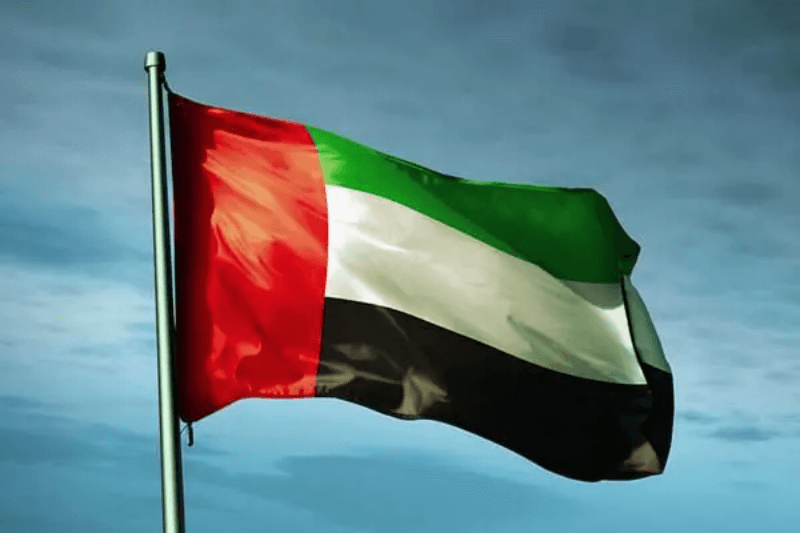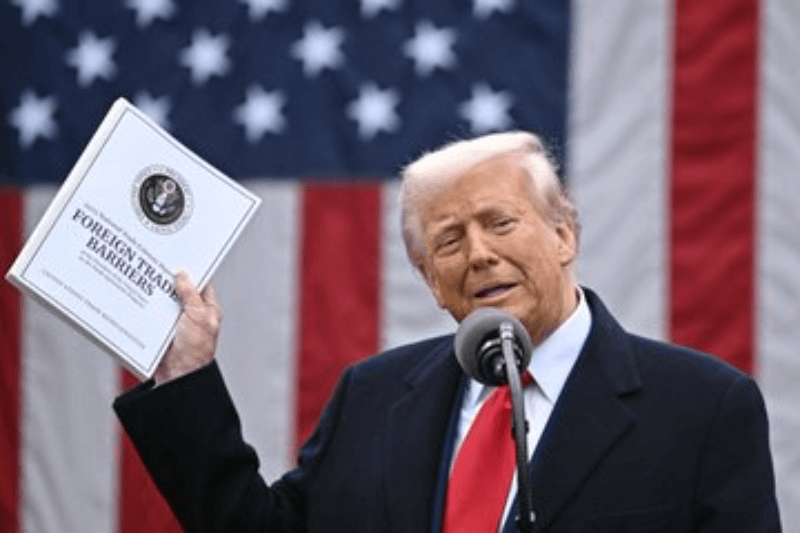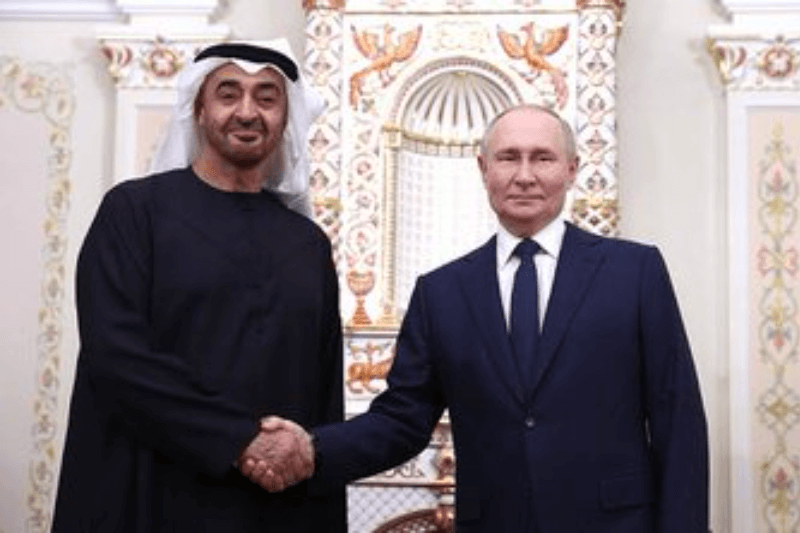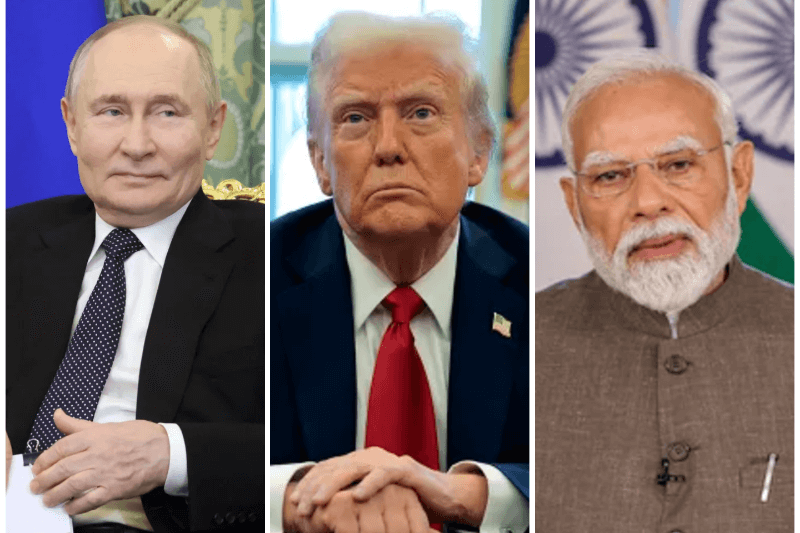
UAE’s Strategic CEPA Network Propels Trade Growth to Record Levels
Sheikh Mohammed bin Rashid announced that the United Arab Emirates now stands at 75% of its predetermined foreign trade target, which aims to reach AED 4 trillion (US$1.1 trillion) by 2031. UAE trade activity expanded by 14.6 percent while global trade gained 2 percent, leading to US$816.7 billion in total transactions in 2024. Through their active CEPAs strategy, the United Arab Emirates achieved a strong 14.6 percent trade growth which built 20 signed partnerships while another seven agreements reached finalization and negotiations began with ten countries.
UAE’s CEPA Landscape at a Glance
The UAE has built a large number of Comprehensive Economic Partnership Agreements that cover all major regions of the world. The deals encompass more than regular trade contracts because they contain investment rules along with regulations for market competition and government contracting.
| Country | Signing | Enforcement |
| India | Feb-22 | May-22 |
| Israel | May-22 | Apr-23 |
| Indonesia | Jul-22 | Sep-23 |
| Türkiye | Mar-23 | Sep-23 |
| Cambodia | Jun-23 | Jan-24 |
| Georgia | Oct-23 | Jun-24 |
| Colombia | Apr-24 | – |
| Costa Rica | Apr-24 | – |
| South Korea | May-24 | – |
| Chile | Jul-24 | – |
| Mauritius | Jul-24 | – |
| Vietnam | Oct-24 | – |
| Jordan | Oct-24 | – |
| Serbia | Oct-24 | – |
| Australia | Nov-24 | – |
| Malaysia | Jan-25 | – |
| Kenya | Jan-25 | – |
| New Zealand | Jan-25 | – |
| Ukraine | Feb-25 | – |
| Central African Republic | Mar-25 | – |
Additionally, the UAE has concluded negotiations with 7 more countries, awaiting formal signing:
| Country | Date of Conclusion |
| Congo-Brazzaville | Dec-23 |
| Morocco | Jul-24 |
| Russian Federation | Dec-24 |
| Armenia | Dec-24 |
| Kazakhstan | Dec-24 |
| Kyrgyzstan | Dec-24 |
| Belarus | Dec-24 |
Strategic Tiering of Trade Partners
The UAE decides which nations to partner with through its CEPA strategy using two classes depending on their share of UAE global trade.
| Country | Category | Share of UAE’s Global Trade (2023) | Total Trade Value with the UAE (US$ Billion – 2023) | Current Stage |
| India | Tier 1 | 7.62% | 54.2 | Signed |
| Türkiye | Tier 1 | 5.11% | 36.4 | Signed |
| Japan | Tier 1 | 2.44% | 17.33 | Under Negotiation |
| Vietnam | Tier 1 | 1.71% | 12.17 | Signed |
| Russian Federation | Tier 1 | 1.53% | 10.88 | Negotiations Concluded |
| Pakistan | Tier 1 | 1.12% | 8 | Under Negotiation |
| Thailand | Tier 1 | 0.98% | 6.96 | Under Negotiation |
| South Korea | Tier 1 | 0.83% | 5.9 | Signed |
| Malaysia | Tier 1 | 0.68% | 4.87 | Signed |
| Armenia | Tier 1 | 0.66% | 4.73 | Negotiations Concluded |
| Indonesia | Tier 1 | 0.65% | 4.62 | Signed |
| Brazil | Tier 1 | 0.62% | 4.38 | Under Negotiation |
| Australia | Tier 1 | 0.59% | 4.2 | Signed |
| Jordan | Tier 1 | 0.58% | 4.16 | Signed |
| Kazakhstan | Tier 1 | 0.54% | 3.87 | Negotiations Concluded |
| Kenya | Tier 2 | 0.44% | 3.14 | Signed |
| Congo-Brazzaville | Tier 2 | 0.42% | 3 | Negotiations Concluded |
| Kyrgyzstan | Tier 2 | 0.38% | 2.7 | Negotiations Concluded |
| Israel | Tier 2 | 0.33% | 2.34 | Signed |
| Philippines | Tier 2 | 0.16% | 1.14 | Under Negotiation |
| Morocco | Tier 2 | 0.14% | 0.98 | Negotiations Concluded |
| Bolivia | Tier 2 | 0.13% | 0.928 | Under Negotiation |
| New Zealand | Tier 2 | 0.11% | 0.77 | Signed |
| Ecuador | Tier 2 | 0.10% | 0.68 | Under Negotiation |
| Belarus | Tier 2 | 0.09% | 0.673 | Negotiations Concluded |
| Colombia | Tier 2 | 0.08% | 0.55 | Signed |
| Central African Republic | Tier 2 | 0.07% | 0.53 | Signed |
| Georgia | Tier 2 | 0.07% | 0.52 | Signed |
| Argentina | Tier 2 | 0.06% | 0.45 | Under Negotiation |
| Cambodia | Tier 2 | 0.06% | 0.41 | Signed |
| Ukraine | Tier 2 | 0.05% | 0.38 | Signed |
| Chile | Tier 2 | 0.04% | 0.31 | Signed |
| Paraguay | Tier 2 | 0.02% | 0.176 | Under Negotiation |
| Mauritius | Tier 2 | 0.02% | 0.17 | Signed |
| Serbia | Tier 2 | 0.02% | 0.12 | Signed |
| Costa Rica | Tier 2 | 0.01% | 0.067 | Signed |
| Uruguay | Tier 2 | 0.00% | 0.03 | Under Negotiation |
Geopolitical Impact and Future Directions
The UAE’s trade agreement program shows smart international placement by connecting both Ukraine and Russia but putting main business deals in Asia. Most major Western economies prefer GCC-wide deals instead of bilateral deals with Gulf countries, as shown by their lack of participation in negotiations with Gulf countries.
UAE’s bilateral CEPAs and GCC customs union hold a multilayered connection. Countries take different paths in their trade relationships as numerous sign GCC FTAs and UAE CEPAs simultaneously while both options are available for these deals. Dr. Thani Al Zeyoudi’s continuing expansion of the CEPA program by 2025 allows UAE to become both a leading Middle East trading hub and an important global business partner throughout the world.




